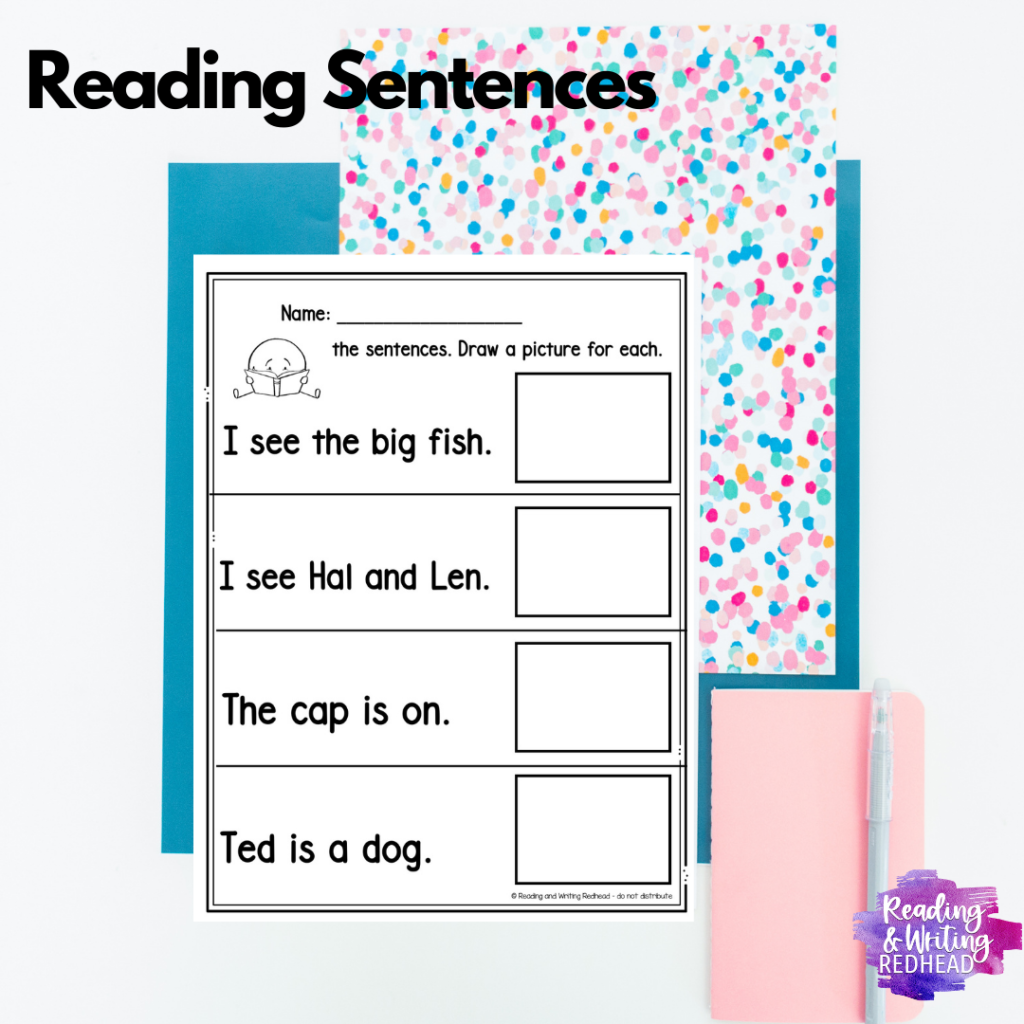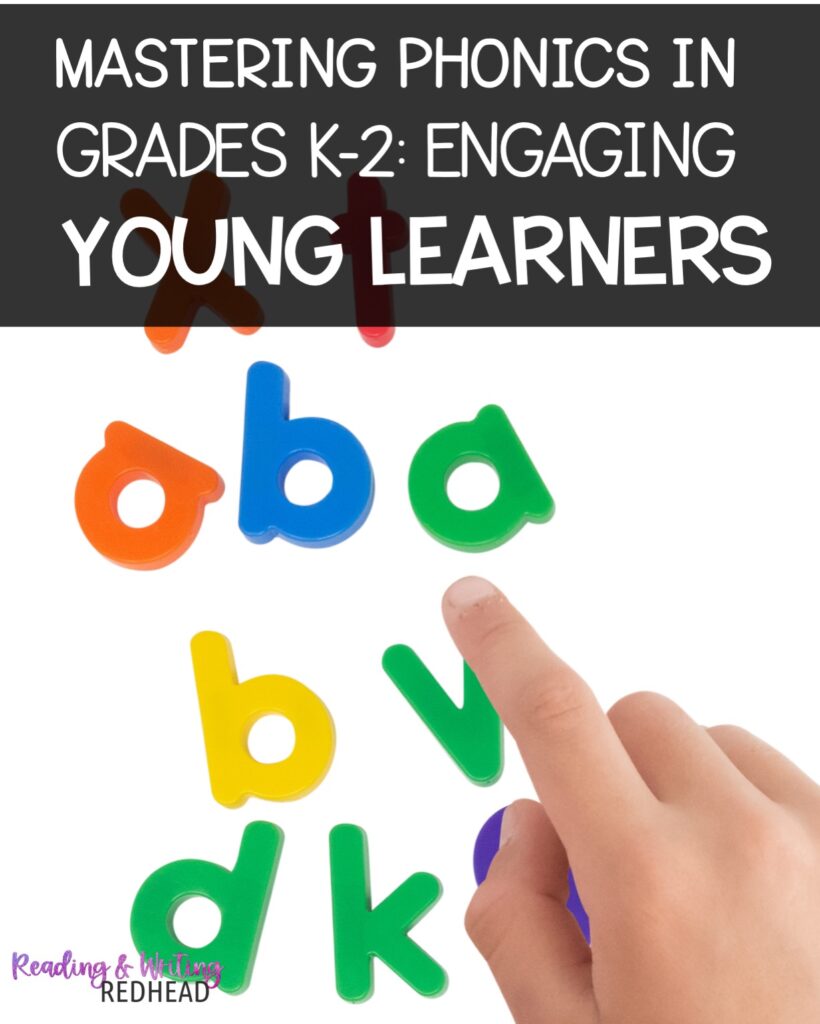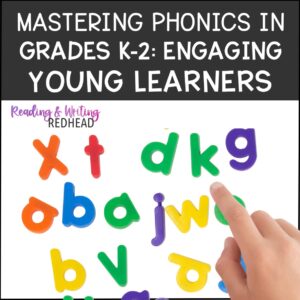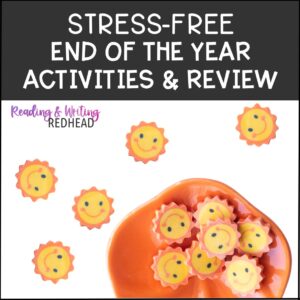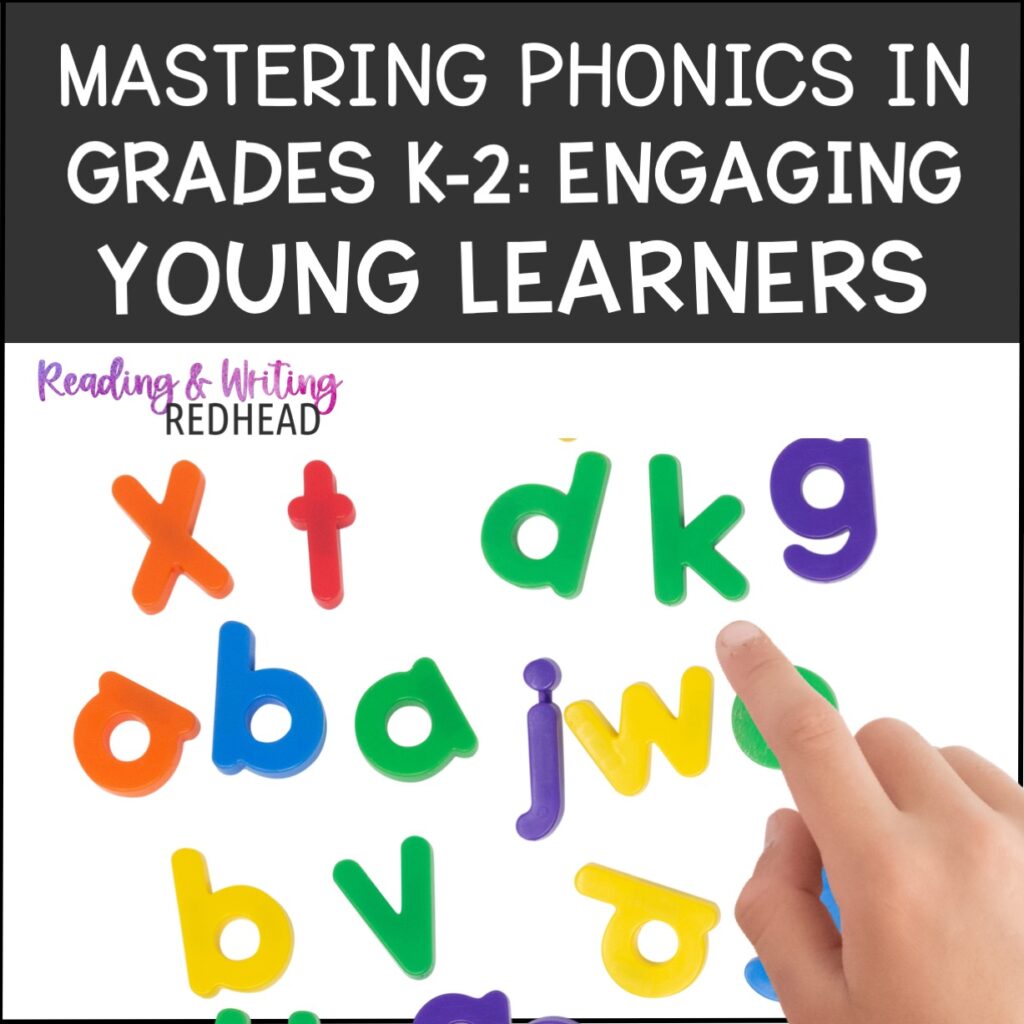
Mastering Phonics in Grades K-2: Task Cards that Engage Young Learners
Getting kindergarten, first, and second graders to the point where they are mastering phonics requires keeping them engaged! We also need to use resources that actively involve students and help them make the connection between sounds and letters concrete.
Keep reading for suggestions that will help you to empower young learners to master phonics skills, one of the first steps to reading success!
(Scroll down for suggestions for activities for the teacher table)
Explicit Instruction:
Students can’t start mastering phonics if they don’t have clear instruction. Before students head to a center, make sure they have had (or provide) explicit instruction on the target phonics skill. Model the skill, provide guided practice, and offer opportunities for independent practice.
For example, let’s say your students are tackling consonant digraphs like ‘ch’ or ‘sh’. You could kick off your lesson by quickly reviewing those digraphs and their sounds. Then you might read some words with them using a pocket chart. After that, have them practice spelling those digraph words on a whiteboard.
Systematic Progression:
As your students start to show they are mastering phonics skills in those centers, you’ll want to gradually increase the challenge. Think about it like building blocks: start with the simple stuff, then slowly introduce those trickier patterns.
It’s all about matching the center work to your current lessons. So, if you’re deep into r-controlled vowels right now, have them practice those. But, you know, it’s always smart to swing back to old friends like consonant digraphs and CVC words for a quick refresher when needed.
And for those students who are ready to challenge themselves? Give them multi-syllabic words that use the skills you’re focusing on! For instance, while one group is mastering single-syllable words with consonant blends, another might be tackling 2 or 3-syllable words with those same patterns at a different center.
Multisensory Approach:
To truly help your students with mastering phonics through your Science of Reading activities, you’ve got to get all their senses in on the action! When kids can see, touch, and sometimes even hear what they’re learning in different ways, those phonics concepts really stick. Think lots of visuals and engaging, hands-on experiences.
Oh, and if you’re wondering about specific materials to use? I’ve got you covered! Check out a blog post I shared this summer – just scroll about a third of the way down that one, and you’ll find some suggestions.
Differentiated Instruction:
Okay, let’s talk about differentiation when it comes to moving students along in mastering phonics. I know, I know – it feels impossible to do this all the time, right? But try to make it a goal to tweak your phonics centers so every kid can feel successful. That means offering different levels of challenge and support. For your stronger readers, you can totally use that ‘challenge’ suggestion we talked about earlier.
And for those who are still a bit wobbly? Bring back some previously learned skills. Personally, I’d often pull a small group of students who needed extra help to my teacher table, letting them skip one of the regular centers for more direct support.
Data-Driven Instruction:
Last but not least: let your data guide you! Keep an eye on how your students are doing with ongoing assessments. This helps you tweak your phonics centers and figure out who needs a little extra boost or who’s ready for more. For example, at my school, we use FUNdations, and those quizzes are just perfect for checking in. We use those results all the time to switch up our centers!
TEACHER TABLE
Explicit Instruction and Differentiation Instruction:
This is where small groups come in really handy when it comes to mastering phonics! When you’ve got a handful of students right there with you, you can really focus on exactly what they need. For example, at my school, we use Geodes decodable texts that pair perfectly with our Fundations lessons.
For Group A, who’s still really working on decoding, you might preview about ten words beforehand. Get them tapping and blending each word. Be super explicit – if they’re all r-controlled vowel words, point that out (if the students don’t notice first), review those sounds, and then have them read the words. After that, you can read the decodable text together, and have them hunt for those exact words within the story.
Now, for differentiation: your second group might need to focus on fluency. They’d read the same text together, but you’d pause and have them re-read with different emphasis, maybe trying out different voices or emotions. And for your strong readers in the third group? They could read the text silently and then dive deep into a comprehension conversation with you.
Systematic Progression:
Just like with centers, make sure your science of reading phonics activities at the teacher table are not random, and instead progress in a meaningful way!
Keep reading for even more tips!
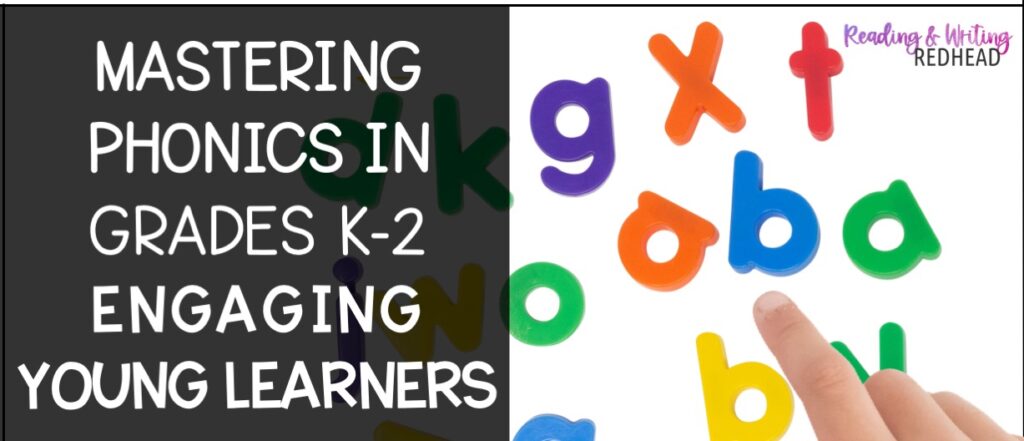
Data-Driven Instruction (at the teacher table):
Use the teacher table for formative assessment. I keep a clipboard with sticky notes on it. Before each lesson, I write student names and the date at the top of each post it. Then as I notice things, I jot them down and can refer to them later in order to plan future lessons or interventions.
Task Cards
Mastering phonics? We teachers are always trying to find effective ways to help our students do that in kindergarten through second grade. Task cards are a helpful and easy way to do this.
Task cards are a practical and versatile solution for both students and teachers and can help with practice of things like letter sounds and making words. They also allow for differentiation and independent work.
Ready to Go Activities from Teachers Pay Teachers
Wouldn’t be it easy for you if you had ready-to-use activities and resources from Teachers Pay Teachers to incorporate into your phonics lessons or centers to help students who are on their way to mastering phonics skills? Theses resources have a lot to offer!
Key Features of the Phonics Activities Resource for 1st grade
- Comprehensive Coverage: Addresses a wide range of phonics skills, including cvc words, r-controlled vowels, digraphs, and more.
- Differentiation Options: Includes various levels of difficulty to meet the needs of all learners.
- Hands-On Activities: Provides engaging tasks that require active participation.
- Answer Keys: Offers teachers easy grading and feedback.
- Versatility: Can be used in small groups, centers, or independently.
How to Use This Resource
This resource can be easily integrated into your classroom in various ways:
- Small group instruction: Use the task cards for targeted phonics practice.
- Reading center: Place the task cards in a center for independent work.
- Whole class activity: Incorporate the task cards into your phonics lessons.
Unlock the Potential of Phonics Practice
By using this comprehensive phonics task resource, you can provide your students with the tools they need to master tricky syllables and become confident readers. With engaging activities and targeted practice, your students will develop the skills necessary to make progress in their reading.
Download the resource today and watch your students’ phonics skills soar! You can also click on the cover or any of the sneak peek images below.
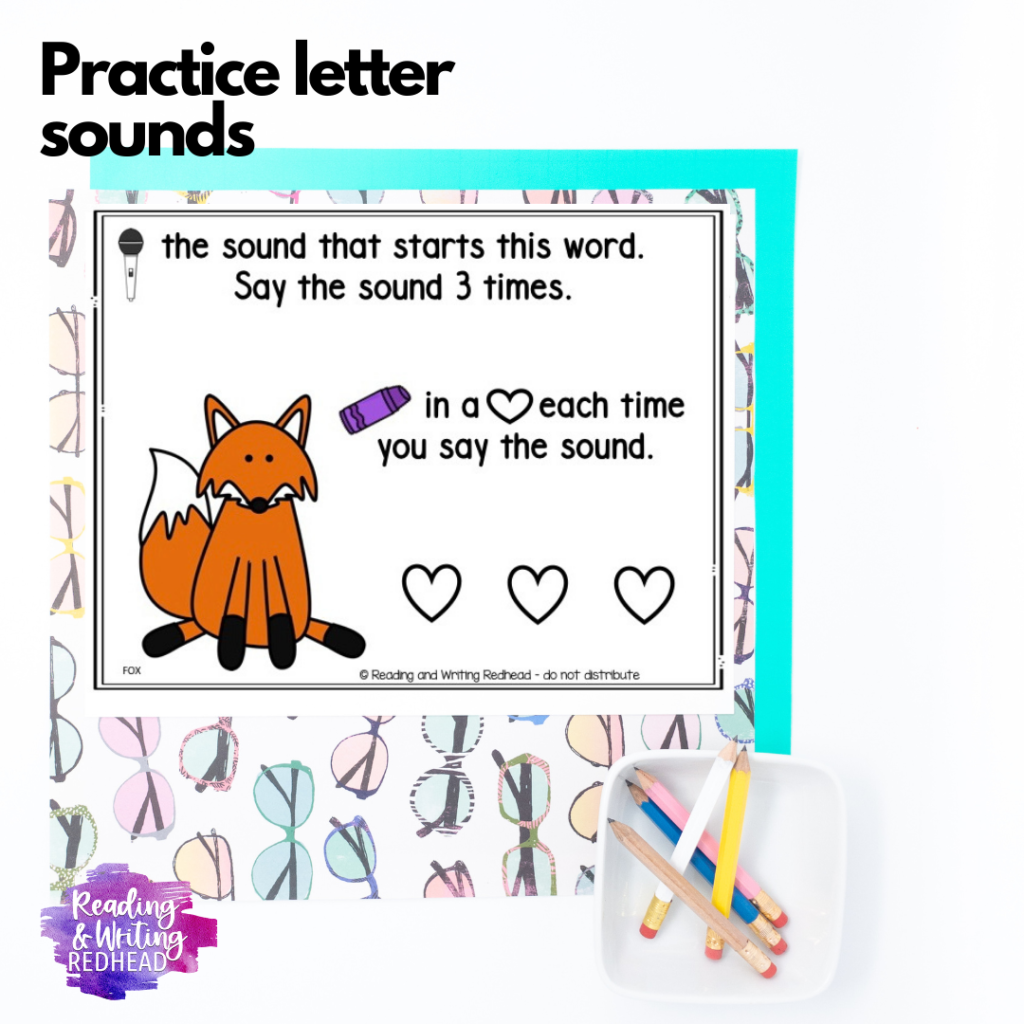
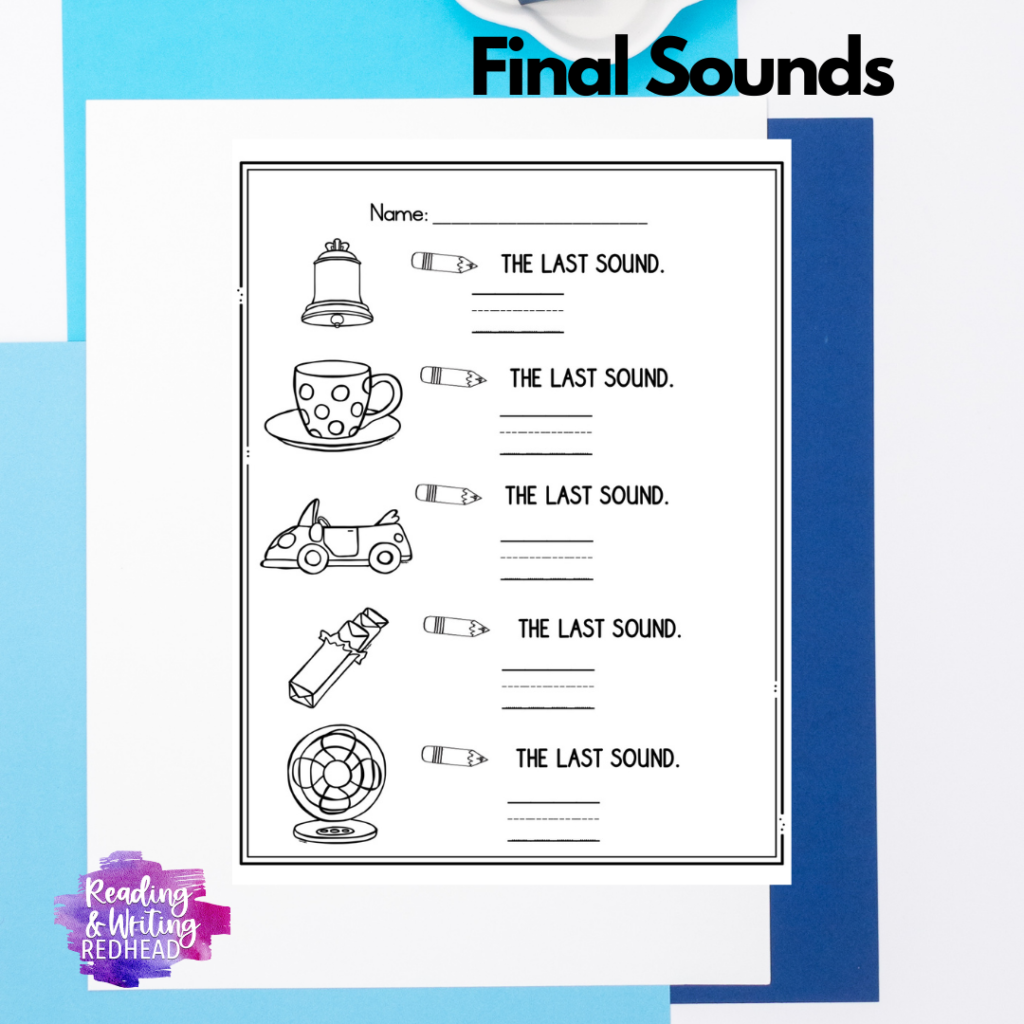
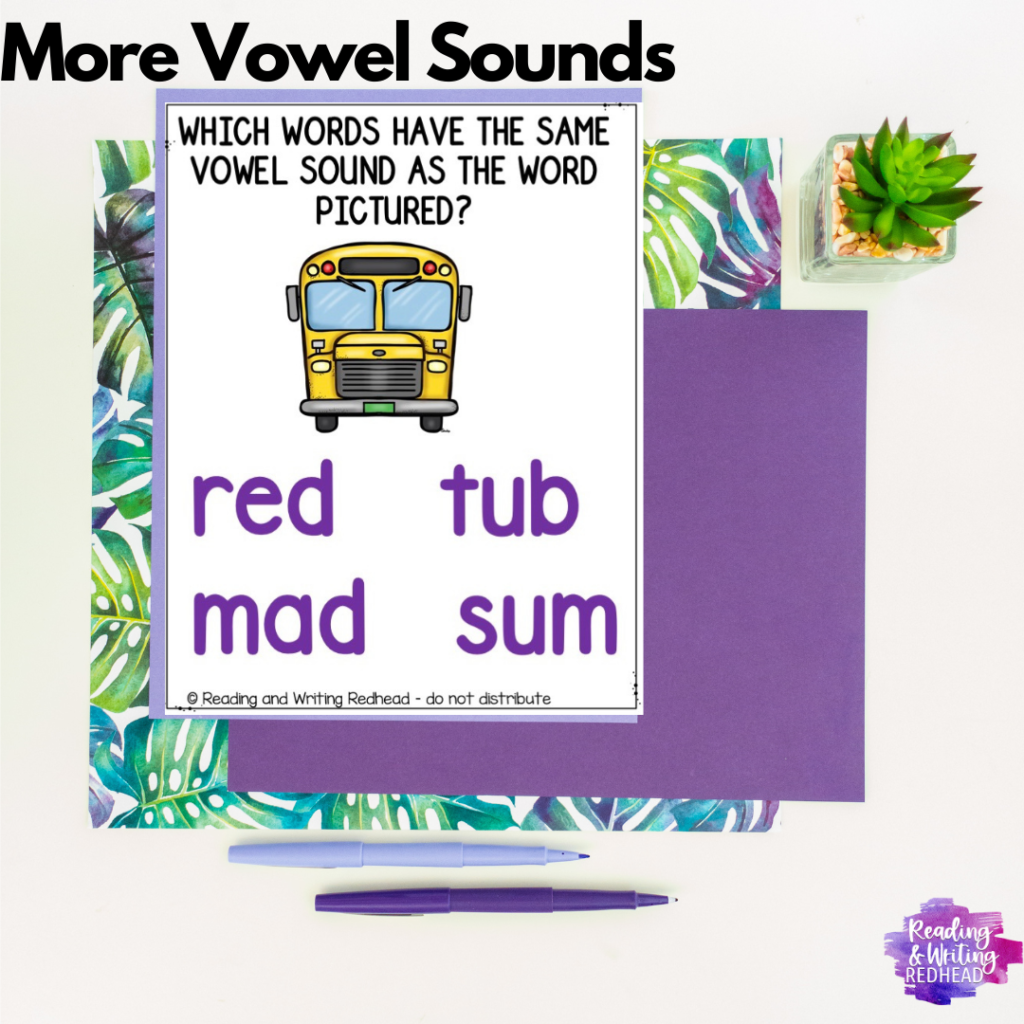
Do you teach second grade?
Don’t worry! There is a similar, but just as handy 2nd Grade Phonics Centers Activities resource aligned to the Science of Reading. These activities are also perfect for the teacher table!

And there is a kindergarten version too (I just haven’t updated the cover yet, but it is in the same resource line). Check it out here or click on any image below.
.
Five Star Reviews:
Check out some teacher feedback – I know I always read feedback when I am looking for something, so let me share it so you don’t have to go on a hunt!
Feedback for the kindergarten resource: “This is a great time saver and wonderful for differentiation..”
For the first grade activities: “Great for my SPED kiddos! Thanks :)”
And some of the individual activities are available separately – for example the capital and lower case letters playdoh mats: “An amazing resource! Thank you for sharing your hard work and creativity with others!!!”
And the sounds and phonemes activities: “The activities are great for phonological awareness.”
And finally, the kindergarten blend and read CVC words: “Activity was very helpful in targeting the different vowels and blending words.”
Other blog posts you may want to check out:
- 4 Ways to Boost Your Phonics Lessons
- How can Word Riddles Boost Phonics Skills?
- 6 Tips for Teaching Phonics with Fidget Poppers
- Tips for Teaching Capitalization and Punctuation
- Fun Must Have Phonics Resources for Grades 1 and 2
If you want to save this blog post, pin this image below! If you try any of the strategies, let me know!
Good luck with your week. You got this!!



